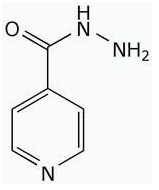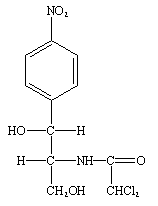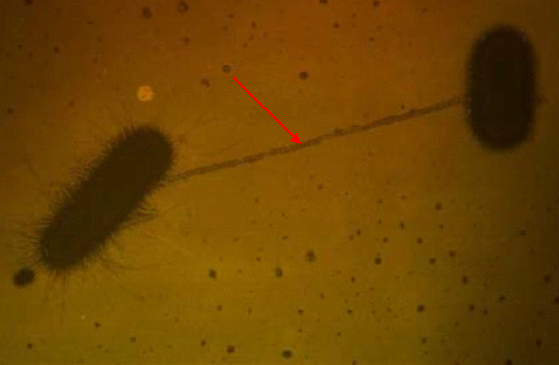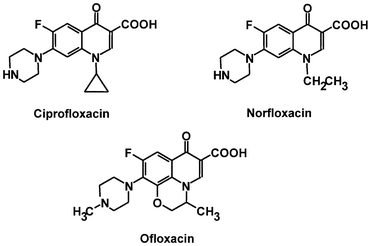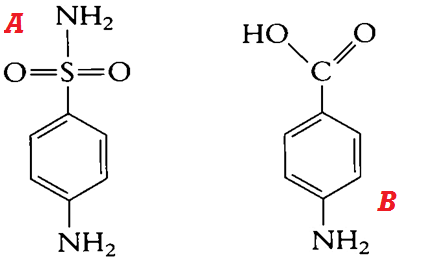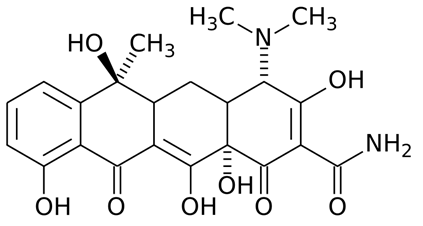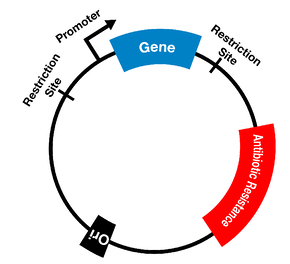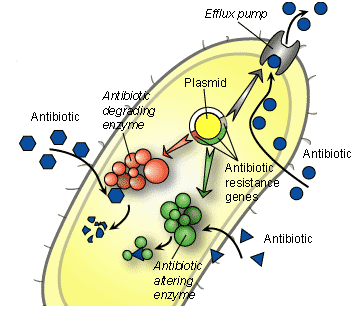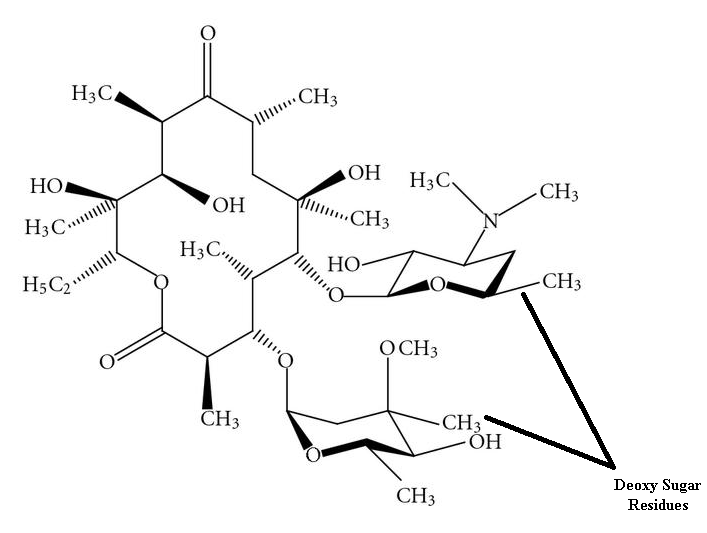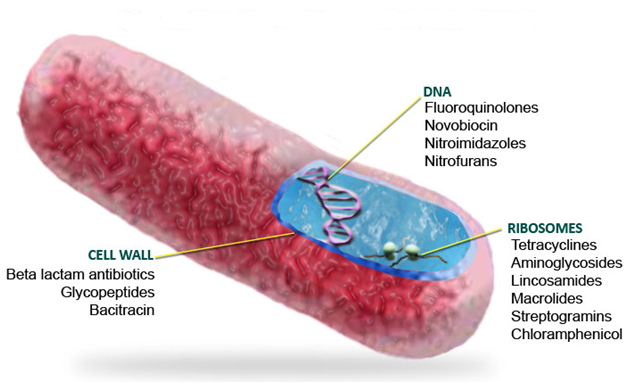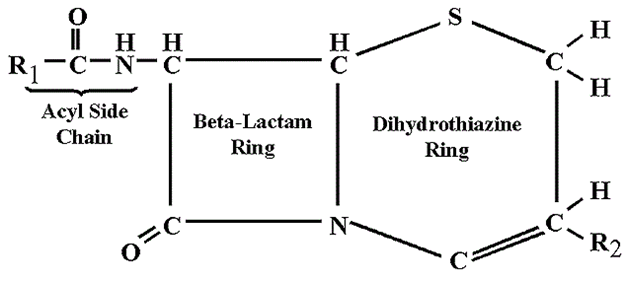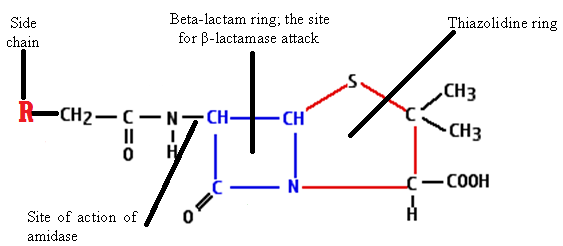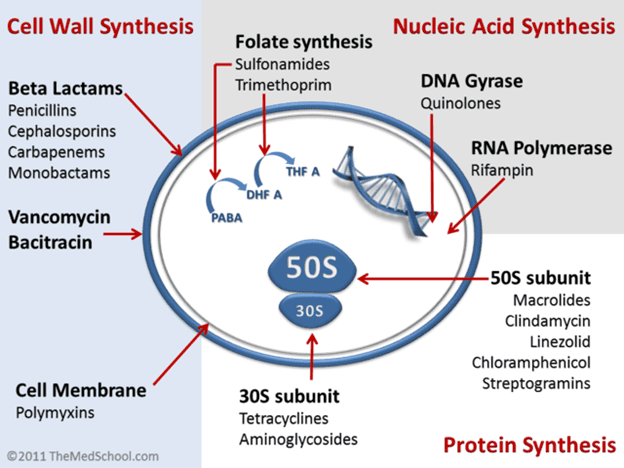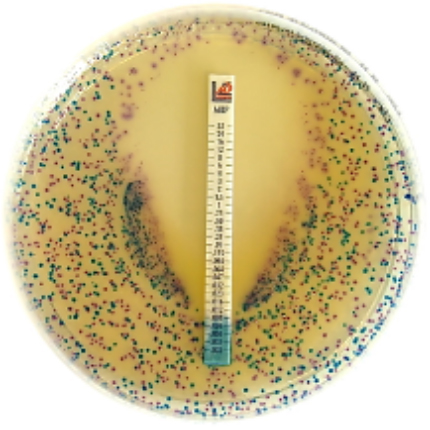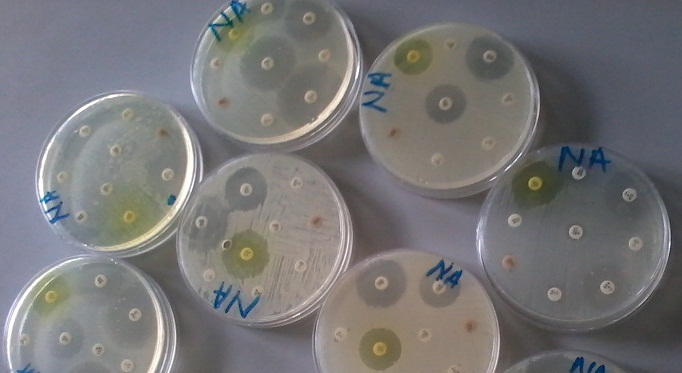The terms synergistic effect (synergism), antagonistic effect (antagonism) and additive effect are all clinical and […]
Category: Antimicrobial Agents & Antibiotics
ISONIAZID – anti-tuberculosis (TB) drug
Isoniazid or isonicotinyl hydrazine (INH) is a first-line antibiotic used for the treatment of tuberculosis […]
CHLORAMPHENICOL
Chloramphenicol is a protein synthesis inhibitor but the antibiotic unlike other drugs that interfere with […]
MECHANISMS OF TRANSFER OF RESISTANCE GENES IN BACTERIA
Below are some of the major ways through which bacteria pass on their antibiotic […]
GENETIC BASIS OF ANTIBIOTIC RESISTANCE
Genetic resistance of microbes to antibiotics is due to a chromosomal mutation in the bacterial […]
ANTIMICROBIAL PROPERTIES OF LICHEN SECONDARY METABOLITES
Lichens possess varying antimicrobial properties; and they have been shown to be active against a […]
GENTAMICIN
Gentamicin is an aminoglycoside antibiotic. Aminoglycosides are antibiotics that inhibit protein synthesis like the tetracyclines, […]
CIPROFLOXACIN
Ciprofloxacin is a fluoroquinolone antibiotic that is derived from the earlier quinolones. Nalidixic acid is […]
SULPHONAMIDES
Sulphonamides or sulpha drugs are generally known as folate synthesis inhibitors because they inhibit […]
TETRACYCLINES
Tetracyclines are general purpose antibiotics used for a variety of clinical applications, and they include […]
TYPES OF ANTIBIOTIC RESISTANCE
Bacteria have evolved to survive in diverse environments. They survive exposure to harsh chemicals including […]
BRIEF HISTORY OF ANTIBIOTIC RESISTANCE
Antimicrobial agents, particularly antibiotics are the most significant class of pharmaceuticals and are one of […]
ANTIMICROBIAL (ANTIBIOTIC) RESISTANCE: definition, selective pressure and clonal selection
Antibiotic or antimicrobial resistance (AMR) is a phenomenon that occurs when bacteria are not killed […]
DRUG INTERACTION
To be clinically effective for the treatment of infectious diseases, every drug must reach a […]
ERYTHROMYCIN
Erythromycin is a protein synthesis inhibitor that binds to the 50S ribosomal subunit of the […]
CHARACTERISTICS/FEATURES OF ANTIBIOTICS
Antibiotics including antibacterial agents, antiviral agents, antiprotozoal agents, and antifungal agents have some specific characteristics […]
OTHER BETA-LACTAM ANTIBIOTICS AND NON-BETA-LACTAMS THAT INTERFERE WITH CELL WALL SYNTHESIS
Aside penicillins and cephalosporins, other beta-lactam antibiotics used for clinical applications also exist. These beta-lactam […]
MECHANISM OF ACTION OF ANTIBIOTICS: Antibacterial Agents
The antibiotics described above including those not described in this work are used to treat […]
CEPHALOSPORINS
Cephalosporins are beta-lactam antibiotics that are penicillinase-resistant, and with related mode of action to the […]
PENICILLINS
Penicillins are beta-lactam drugs that inhibit the cross-linking of N-acetyl glucosamine (NAG) and N-acetyl muramic […]
CLASSIFICATION OF ANTIBIOTICS BASED ON SPECTRUM AND MECHANISM OF ACTION
Antibiotics can also be classified into different categories depending on their mode of action and/or […]
ANTIBACTERIAL AGENTS
Antibacterial agents are specifically chemical agents that kill or inhibit the growth of pathogenic bacteria. […]
SPECTRUM OF ACTIVITY OF ANTIMICROBIAL AGENTS
The growth of pathogenic microorganisms is usually accompanied by the synthesis of new molecules including […]
Overview of antimicrobial agents (antibiotics)
Ever since their discovery some decadesago, antimicrobial agents particularly antibiotics have saved mankind from the […]
Chromogenic culture media for detecting antimicrobial resistance mechanisms
Chromatic Super CAZ/AVI Chromogenic medium for detecting Ceftazidime-avibactam resistant Gram-negative bacteria. Chromatic Super CAZ/AVI is […]
CLASSES OF ANTIBIOTICS
There are several classification/types of antibiotics today, which is based on bacterial spectrum of activity […]
SOURCES OF ANTIBIOTICS
Before the advent of conventional medicine used in clinical medicine today for the treatment of […]
BRIEF HISTORY OF ANTIBIOTICS
Antibiotic history dates back to 1928 when Sir Alexander Fleming discovered the antibacterial effects of […]
DEFINITION OF AN ANTIBIOTIC
There is no consensus to the definition of antibiotics. But it is very important that […]
Introduction to Antibiotic Resistance
In recent times, antibiotic resistance of pathogens to drugs (antibiotics) directed towards the degrading properties […]



